 For centuries, the Japanese – like many in Europe and elsewhere with a similar length of recorded history – never ventured far from their birthplace.
For centuries, the Japanese – like many in Europe and elsewhere with a similar length of recorded history – never ventured far from their birthplace.
Subsistence farming was for so long the norm in both regions and for much of the rest of the planet, leading to local area specialties forming regional staples and a diet that may have included something acquired from a different area, but rarely a different country.
When Victorian-era adventurer Isabella Bird was making her way up through the largely untraveled inner regions of Honshu during the Meiji Period (1868-1912), she spoke of diets consisting of little more than local vegetables and fowl; rice itself an apparent rarity in mountainous areas bordering long-term rice growing plains, with fish even further away from the coastal areas.
Japan has come a long way in the 120 or so years since Bird’s exploration of the interior and subsequent publication of the letters she sent to her sister. These days, very little available overseas can’t be found in major Japanese cities, with everything from vegetables to fruits to preserved goods cultivated or manufactured the world over now readily available.
However, Japan’s century-long modernization and subsequent desire for culinary options from afar generates much of its own rural downfall, a problem not limited to this island chain or country, but one shared by many the world over.
Domestic tastes have long since veered from the supposed norms of Japan of yesteryear. Despite a recent increase in imported food consumption, the population’s ever-increasing life-span seems to indicate that the ‘healthy’ and ‘traditional’ fish, rice and vegetable-based diet is perhaps not the only option for the health-conscious consumer.
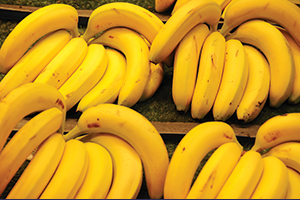 However, not only does this imported food boom indicate an ingrained preference for all things international, it also unravels the hurdles Japan must overcome if it is ever to catch up with the rest of the world in terms of food self-sufficiency.
However, not only does this imported food boom indicate an ingrained preference for all things international, it also unravels the hurdles Japan must overcome if it is ever to catch up with the rest of the world in terms of food self-sufficiency.
One positive aspect of the nation’s former – supposedly limited – range in diet was the use of wholly natural eco-farming methods. Night soil – a delightful euphemism worthy of thumbing through a dictionary should the meaning not be immediately apparent – was used, but that was as far as fertilizer went. Little, if any, research was carried out on chemical-based materials capable of improving growth or preventing disease, which led to repeated regional famines over the centuries.
Few farmers ever thought of selling that which they themselves did not consume anywhere beyond the confines of their hometowns, which in knock-on effect limited the use of transportation. This, in turn, meant that prices stayed low, for the consumer and the environment.
By and large then, prior to the 20th century, Japan was an eco-friendly nation in terms of food production. Today, that is far from the truth. Foodstuffs from as far as Africa and South America are no longer exotic rarities to be oohed and ahhed at – their presence barely gets a second glance.
The nation today is still self-sufficient in rice production, but many, especially younger Japanese, are opting for bread, potatoes and other such staples from overseas, which has resulted in rice consumption plummeting. Add to this the governmental policies in place (which have seen rice being harvested to be sold cheaper abroad than in Tokyo) and a rise in labor costs, and the problems facing domestic consumers is evident: Think local, buy local and spend more – or go global, opt for imported variety and keep more yen in your purse!
Vegetables too are a huge part of the Japanese diet which has been hindered by these factors. Recently, however, the domestic vegetable market has seen something of a resurgence.
As can be seen in the accompanying images of a range of fruit and vegetables produced in Japan – many within the Kanto area surrounding Tokyo – costs need not always be a prohibiting factor in buying local. Recent years have seen supermarkets dealing directly with local farming associations, and more efficient distribution networks have seen some prices remain stable and others actually drop as a result of the competition from cheaper overseas suppliers.
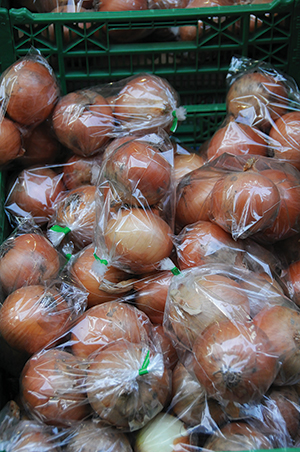 The effects of long-term price drops on the farmers remains to be seen but could, with proper policing of sales methods and supply routes, see Japanese vegetables and the like take up more and more space in your shopping bags in the next few years. Issues with distribution companies, organizations and transport companies will arise as jobs will be lost in this area, but for the consumer happy with the yen saved, and even the yen spent heading back into the local economy, the pros far outweigh the cons.
The effects of long-term price drops on the farmers remains to be seen but could, with proper policing of sales methods and supply routes, see Japanese vegetables and the like take up more and more space in your shopping bags in the next few years. Issues with distribution companies, organizations and transport companies will arise as jobs will be lost in this area, but for the consumer happy with the yen saved, and even the yen spent heading back into the local economy, the pros far outweigh the cons.
The smaller carbon footprint the fewer miles traveled by your average cabbage or daikon to the supermarket will bring about, and the fact that Japanese farmers use limited fertilizers and pesticides when compared to factory farms found in other countries are two further reasons why this is an issue worth tackling.
So then – domestic produce: admittedly a bit on the pricey side for now, but on the whole cleaner, greener and better for the local economy and global environment as a whole than many of their imported counterparts.
When it comes to packaging, however, Japan is still lagging, with something as simple as an apple often coming in two or three layers of plastic, netting and paper depending on where and when a purchase is made. Measures have been taken to offer still unwashed produce to the populace at certain points, however – roadside stalls in the countryside and special events promoting regional products shipped in from out of town being two examples.
Interestingly too, Tokyo is still an area in which farmers exist, and in some parts thrive. Several years ago, 600 (out of a population of 650,000) were registered in northern Tokyo’s Adachi-ku alone, where shiso and negi leeks are among the veggies most commonly seen in small fields between high-rises.
Sure, many of these ‘farmers’ would be laughed at by their counterparts and owners of farms measured in the hundreds of kilometers squared, but it is through these smaller holdings that the future of Japan’s step-by-step rise back to self-sufficiency in fresh food production has its strongest chance of proliferating. If local governments do their part – not by protecting businesses with subsidies that keep the unprofitable in business, but by encouraging locals to think local, stay local and ultimately buy local as much as possible when out to fill the refrigerator at home – these small, local businesses will thrive and grow.
Wouldn’t that be both economically and, in the end, environmentally beneficial to us all?
Story by Mark Buckton
From J SELECT Magazine, April 2010

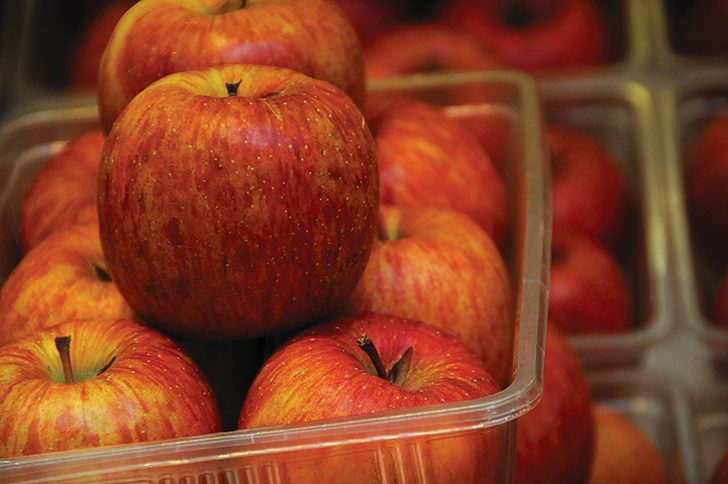





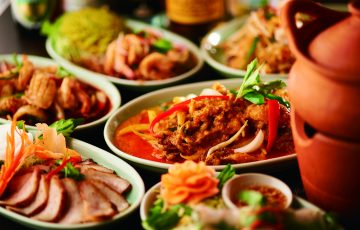


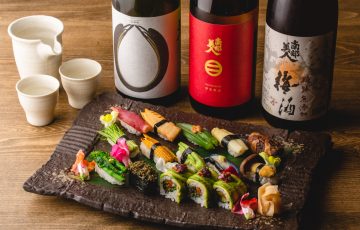
-360x230.jpg)



Recent Comments